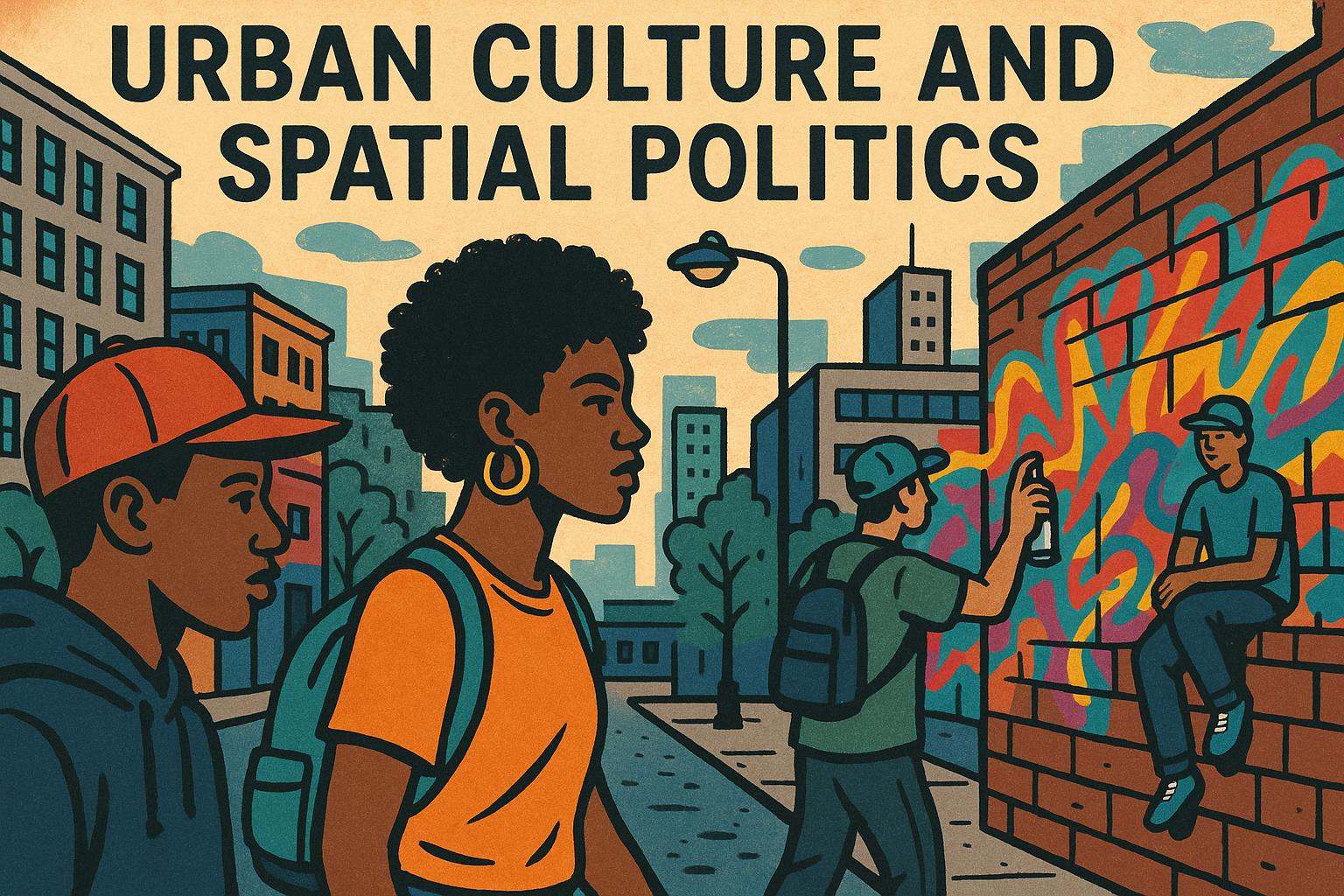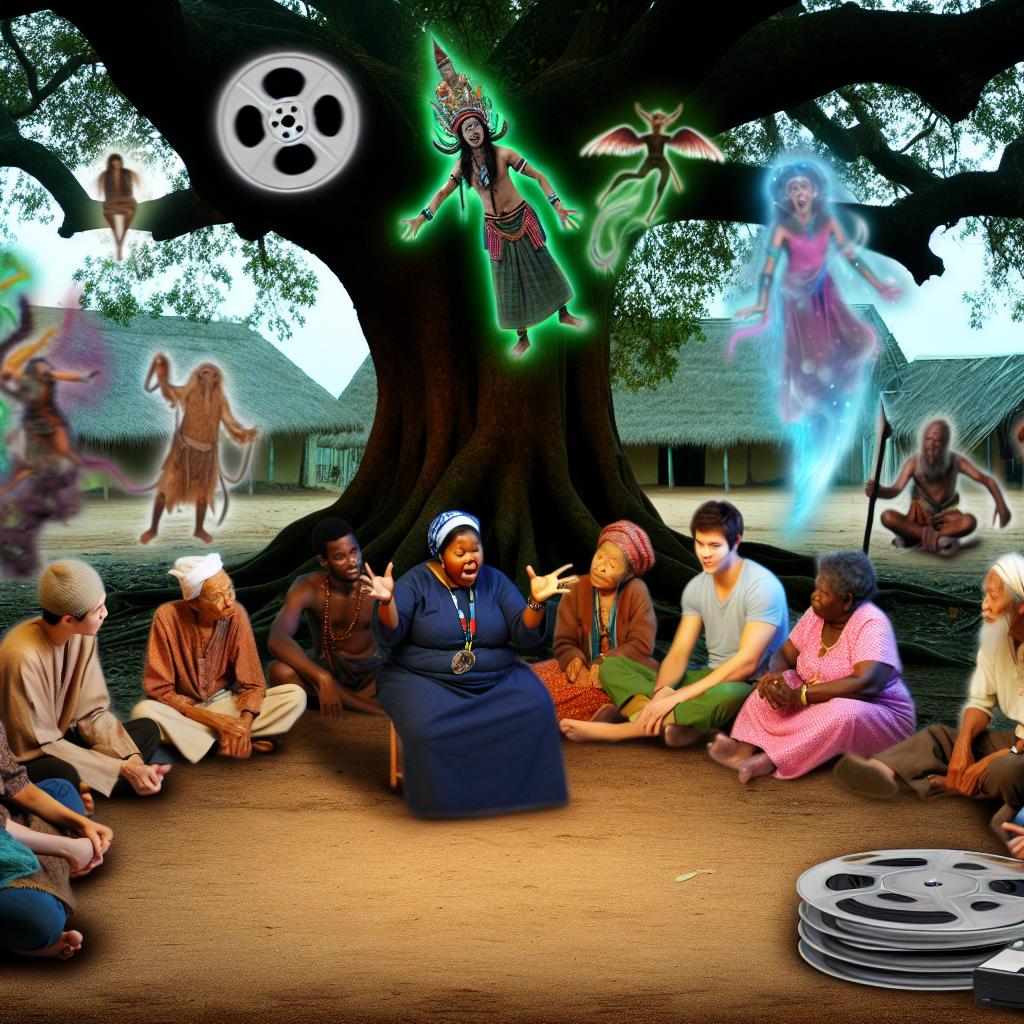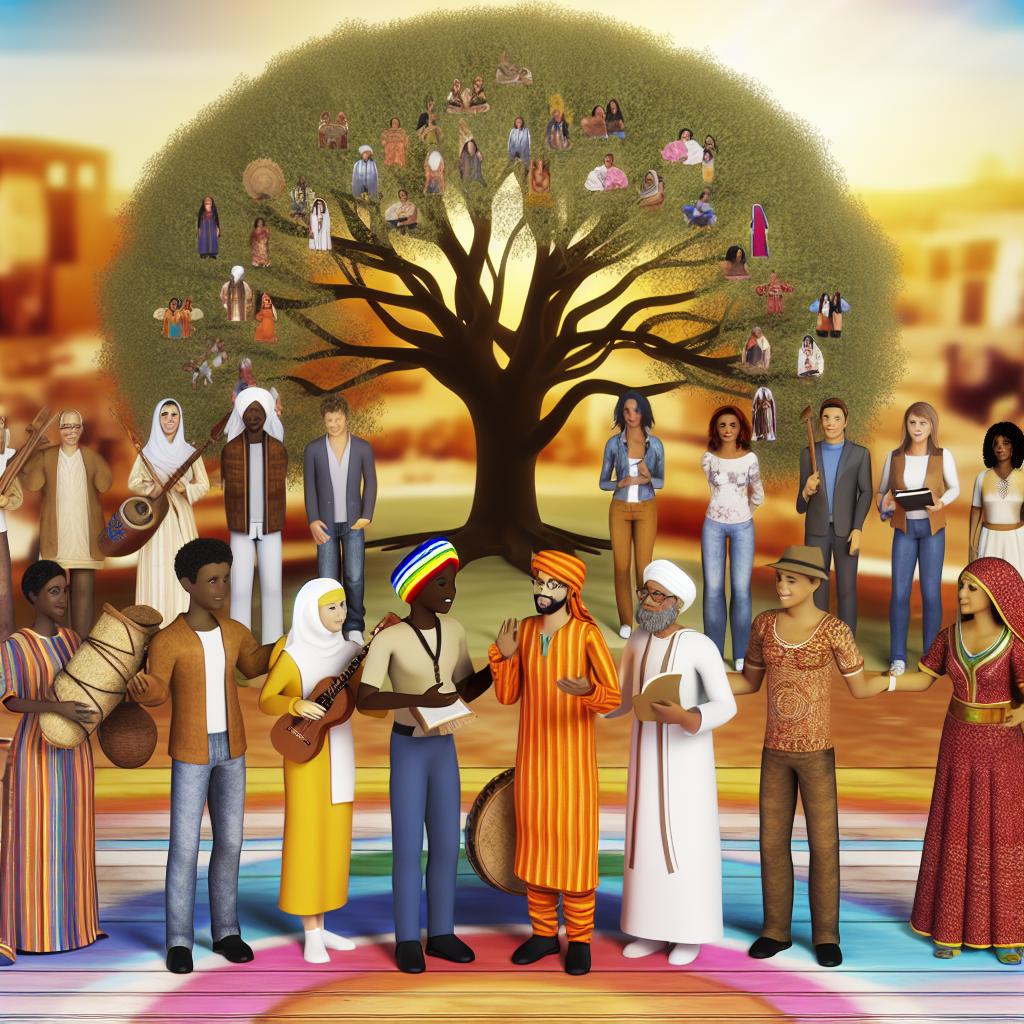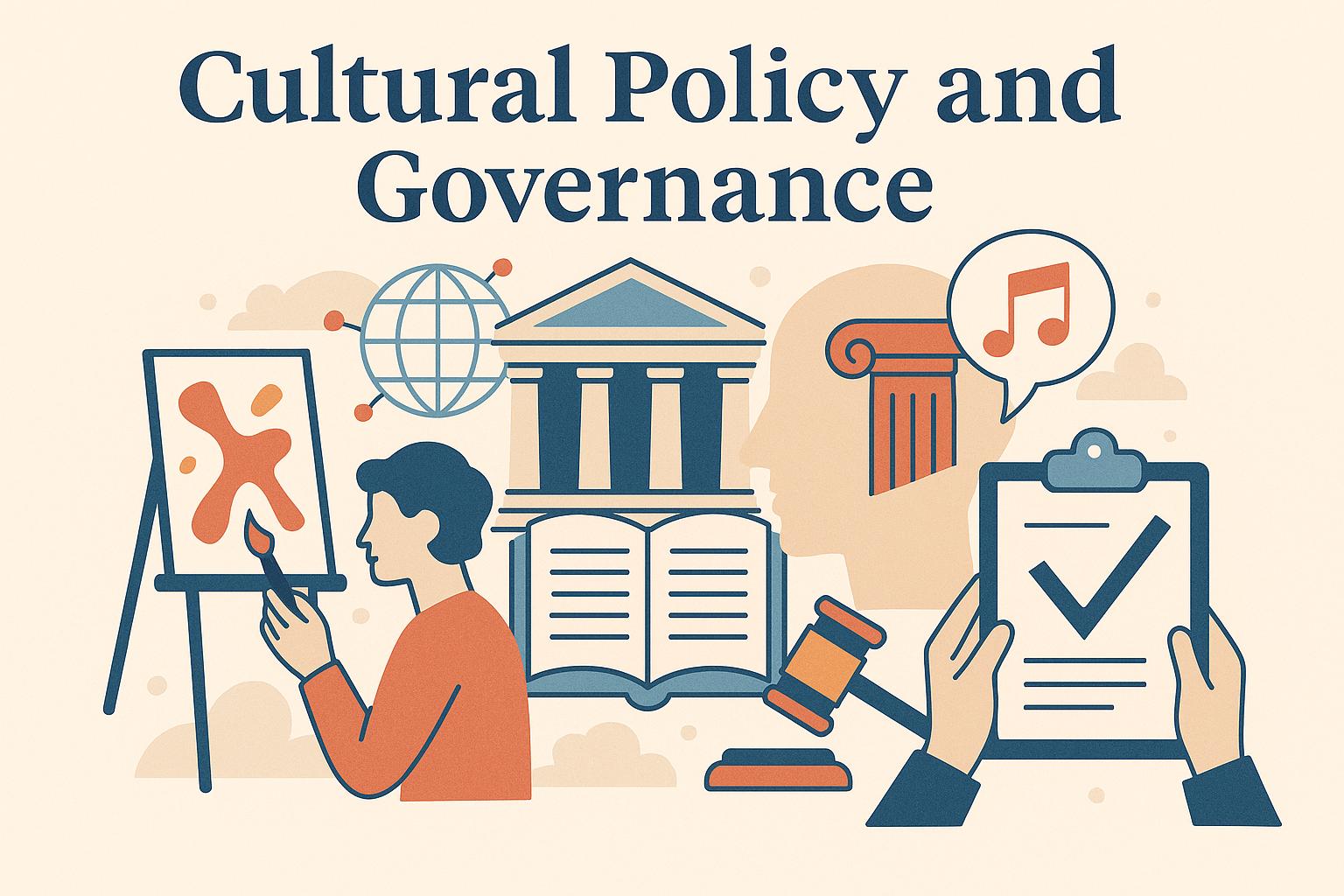The Dynamics of Urban Culture
Urban culture emerges as the essence of densely populated environments where a wide array of individuals come together, bringing with them unique backgrounds, traditions, and lifestyles. This dynamic setting gives birth to a vibrant amalgamation of cultures, languages, and ways of life, delineating cities as cultural epicenters that inherently breed creativity, innovation, and social dynamism. Cities are likened to melting pots, where the convergence of diverse groups paves the way for a rich tapestry of urban cultural life that continuously evolves.
Influence of Migration
A primary catalyst for the development and transformation of urban culture is migration. Individuals from varied geographical reaches relocate to cities in pursuit of improved life prospects, substantial employment opportunities, and enhanced living conditions. As they settle, they carry with them a host of cultural practices, culinary traditions, and artistic expressions. This infusion contributes to the cultural mosaic that characterizes urban settings, facilitating a multicultural exchange that becomes a normative aspect of city life.
Migration results not only in a demographic shift but also fosters cultural enrichment within urban spaces. Cities become venues where cultural dialogues occur, permitting the fusion of different elements into a cohesive urban identity. These interactions often lead to cultural innovations and reinterpretations as new elements are assimilated into existing cultural frameworks.
Role of Public Spaces
The vivacity of urban culture is tangibly visible in public spaces like parks, streets, plazas, and squares, which emerge as platforms for diverse cultural expressions. These areas frequently host street art, live music performances, and community-led festivals, acting as arenas where traditional cultures coexist with contemporary cultural phenomena. Public spaces serve as communal areas where individuals can freely express their cultural heritage and engage with others in shared experiences.
Street art, for instance, is a prevalent cultural form in these public settings, providing a voice to artists and community members alike, and often addressing social and political issues. Music and festivals in these spaces reflect both local traditions and modern influences, creating a nuanced cultural landscape that defines urban life.
Technology and Connectivity
The advent and proliferation of technology have a profound impact on the fabric of urban culture. Cities are often at the forefront of embracing technological innovations that modify how residents communicate, work, and entertain themselves. Technological advancements, particularly in communications and digital platforms, amplify cultural activities, thereby offering broader distribution and interaction opportunities.
Social media, in particular, plays a pivotal role in how urban culture is shared and consumed. It allows for the dissemination of cultural events, ideas, and artistic endeavors beyond immediate geographical confines, enabling global participation in localized cultural phenomena. This connectivity reshapes urban interactions, promoting a more integrated cultural experience facilitated by technological advancements.
Spatial Politics and Their Impact
Spatial politics pertains to the methodical organization and control of space within urban realms, encompassing a range of factors including urban planning, zoning legislation, and developmental projects. These elements are critical in determining the functionality of space utilization and deciding who benefits from the spatial arrangements implemented within cities.
Gentrification and Its Consequences
Gentrification is a notable pattern observed in urban landscapes, characterized by investments that lead to rising property values, often resulting in the displacement of long-standing, lower-income residents. While the economic revitalization of neighborhoods can bring about aesthetic and infrastructural improvements, it can also precipitate the erosion of historical and cultural specificity unique to the area. This transformation may lead to cultural homogenization, where local culture and community character risk dilution.
The complex nature of gentrification encompasses both positive and negative consequences. While it stimulates economic growth and infrastructure development, it simultaneously presents challenges related to social equity, cultural preservation, and community identity. Balancing development with maintaining the unique cultural essence of neighborhoods remains a significant urban challenge.
Access and Inclusion
Spatial politics also entails addressing the crucial matters of access and inclusion. Public policies implemented through urban planning can either promote inclusive growth or perpetuate barriers. The prioritization of accessibility to essential services, efficient transportation systems, and affordable housing becomes imperative for ensuring equitable urban development.
It is essential for urban planners and policymakers to adopt inclusive frameworks that consider the needs of diverse populations. Ensuring that urban spaces are accessible and provide equal opportunities for all residents can foster a more harmonious and equitable urban environment.
Environmental Considerations
In recent times, spatial politics incorporates environmental sustainability as a vital component of urban planning. Green spaces within urban settings are integral not only for their aesthetic and recreational value but also for their potential to enhance air quality, provide opportunities for community engagement, and support biodiversity.
Urban planners are increasingly recognizing the importance of integrating green spaces into city designs. These areas offer respite from urban hustle and promote health and well-being while also serving as crucial ecological sanctuaries. Sustainable urban design considers environmental factors to create resilient and livable cities that can withstand ecological challenges.
Conclusion
Apprehending the intricacies of urban culture and spatial politics is essential in crafting cities that are vibrant, equitable, and sustainable. The deep interplay between diverse cultural practices and the systematic organization of spaces plays a pivotal role in shaping both the identity and functional aspects of urban environments. As cities continue to grow and transform, the challenge lies in harmoniously balancing development with inclusivity, ensuring that urban areas remain thriving ecosystems that respect diversity and support sustainable growth. This balance is key to nurturing urban environments that cater to the cultural, social, and ecological needs of their inhabitants.



